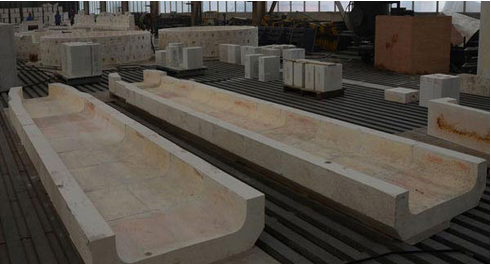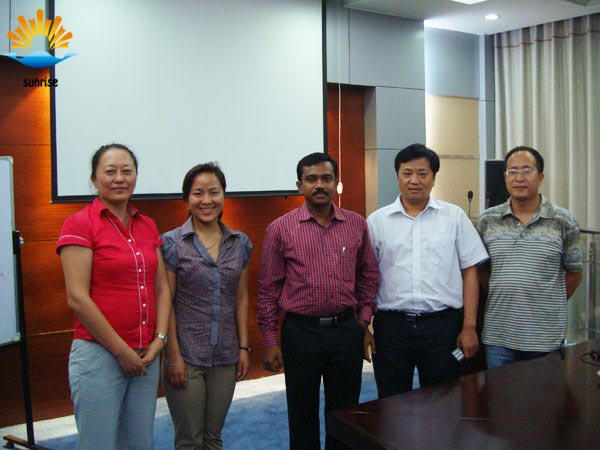
Product List
Success Case
Contact Us
- 0086 371 63838939
- 0086 371 63835539
- sales@sunriserefr.com
- tkfanyi
- No.36 Fengchan Road, Zhengzhou City

News
The Production Process Methods of Refractory Brick
- More related products
- Fused Cast AZS
- Fused Cast Alumina Block
- Fused Cast High Zirconia Block
- Fused Cast Skid Rail Block
1. Sintering method
Sintering method is part of the raw material will be pre-fired into clinker, broken and sieved, and then according to a certain ratio and raw material mixture, after molding, drying and firing. The purpose of pre-burning raw material is to burn which the moisture, organic impurities, the gas of sulfate decomposition, in order to reduce the sintering shrink of products, to ensure the accuracy of product dimensions. The raw material is also sieved after crushing and grinding, because the billet is graded by powder of different particle sizes to ensure the closest packing to obtain a compact body. In order to homogenize the components and particles of each of the raw material and clinker, the kneading is carried out while the bonding agent is added to enhance the bonding strength of the blank.

2. Casting method
Casting method is the raw material through mixing and fine grinding and other processes, and then directly casting after high temperature melting. By cooling crystallization, annealing into products, such as melting mullite brick, corundum brick and magnesia brick,etc. Their green bodies are compact, mechanical strength is high, high temperature structural strength is large, slag resistance is good, the use range is expanding constantly.
3. Melt blowing method
Melt blowing method is after the batch melted, a method in which a high-pressure air or a superheated steam is blown and dispersed into fibers or hollow spheres. The products mainly used for light refractory, insulation material. In addition, can be also made of powder or granular unshaped refractory material.
4. Non-firing method
Non-firing method is a kind of unshaped refractory material preparation technology which has no need of firing and small energy consumption since the twentieth century.
- Read more
Leave Message
For more information on any of our products please get in touch using the form below. One of our sales team will respond to your enquiry as soon as possible.

Copyright © 2014 Zhengzhou Sunrise Refractory Co., Ltd. 豫ICP备13002126号












